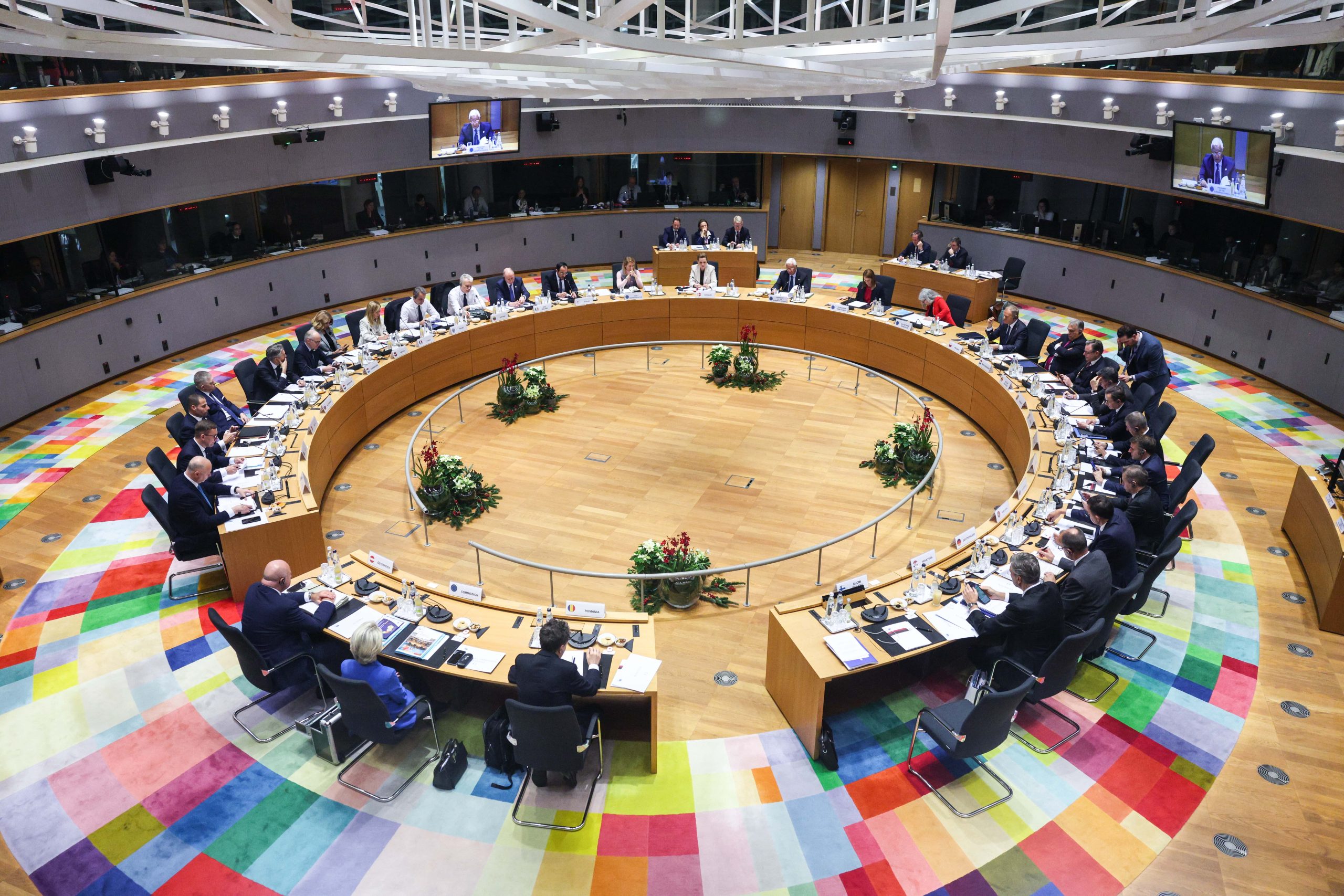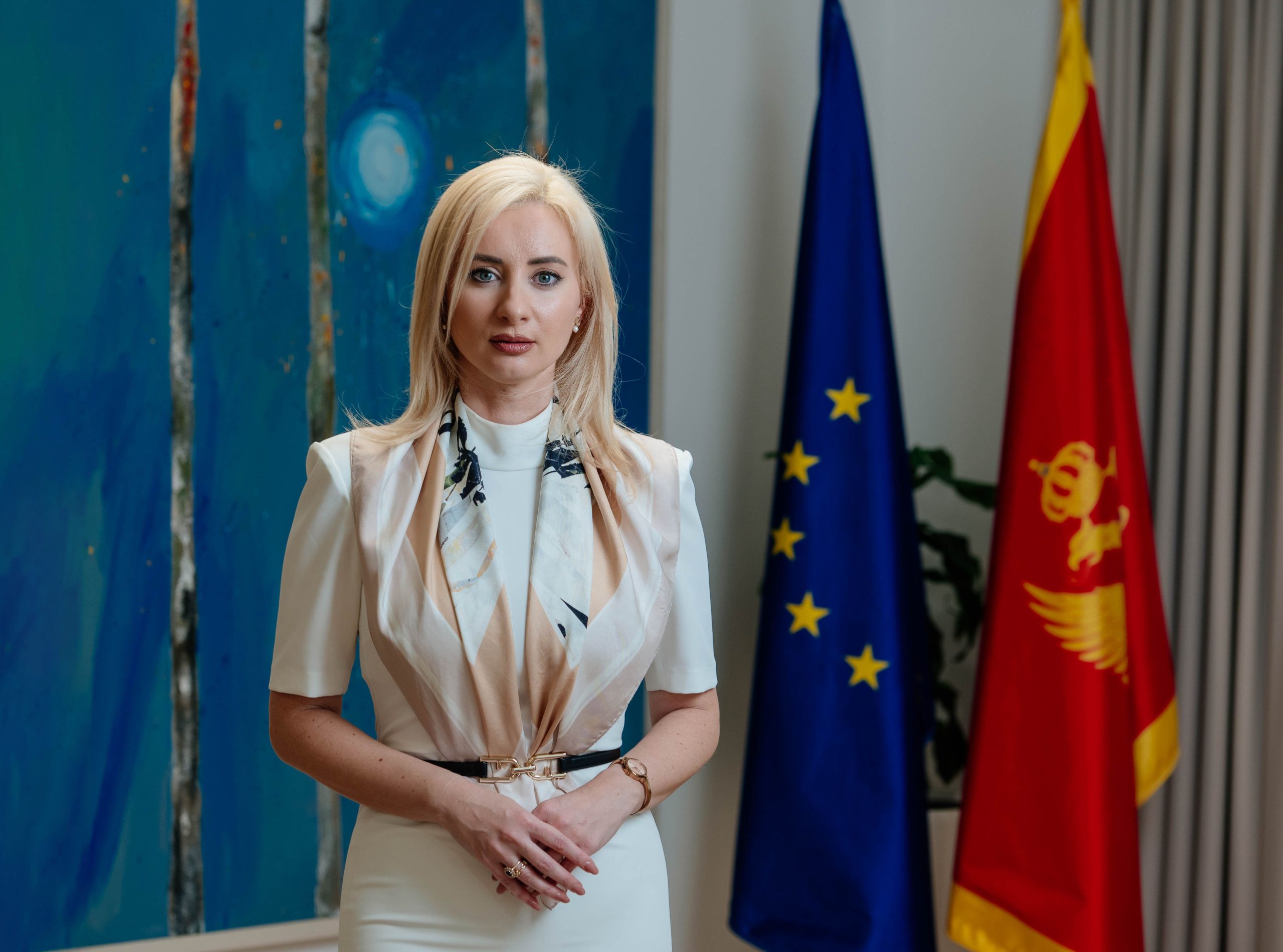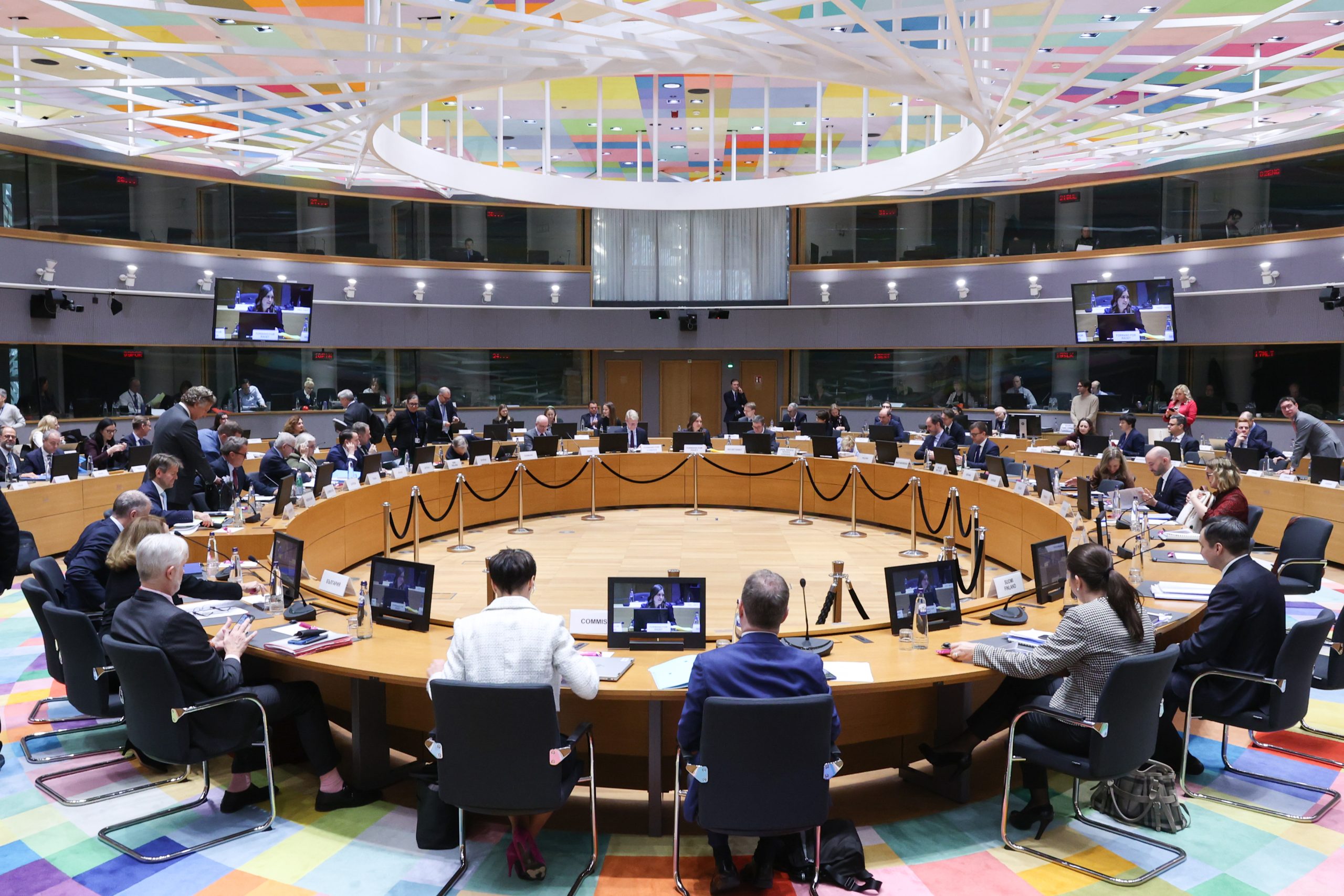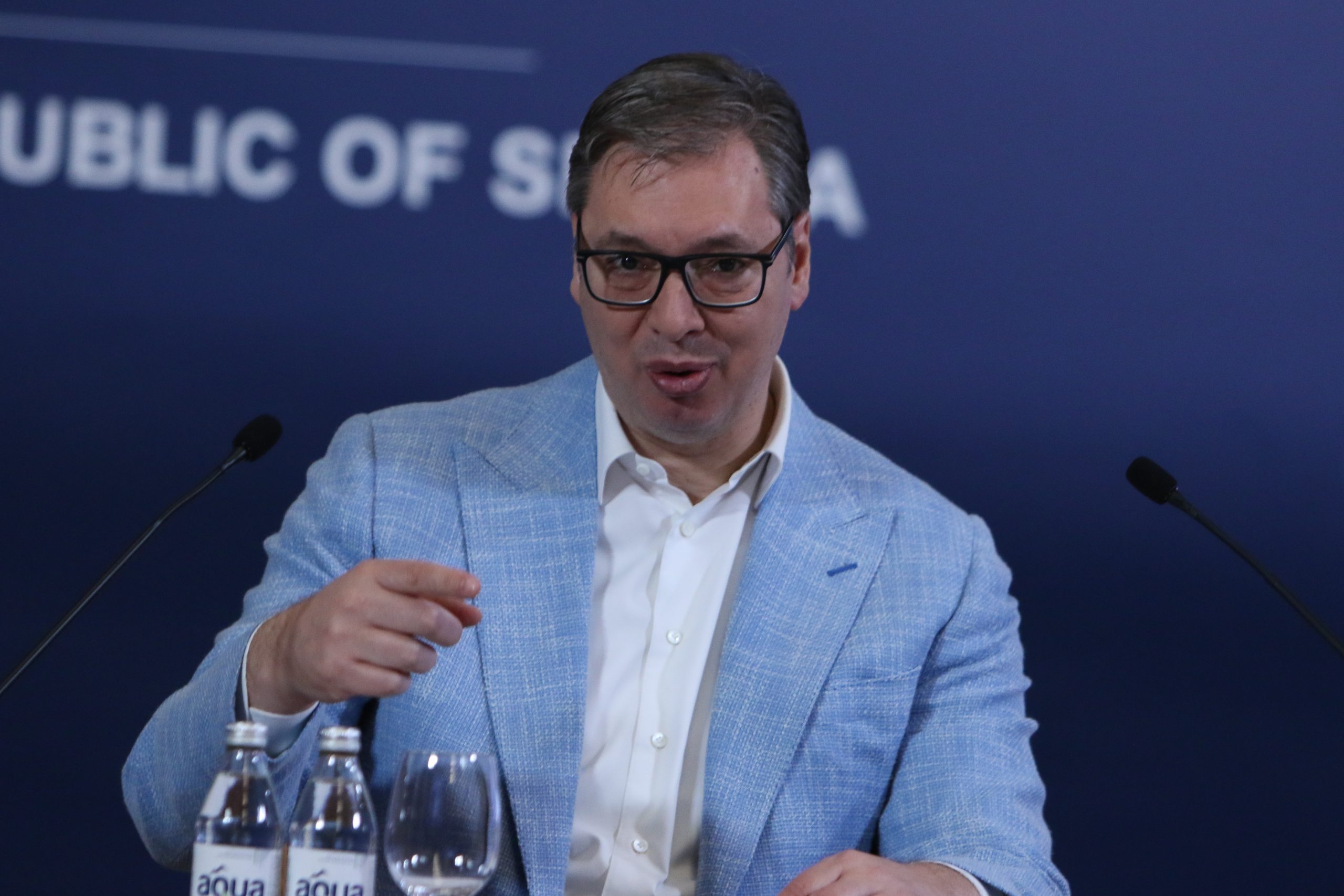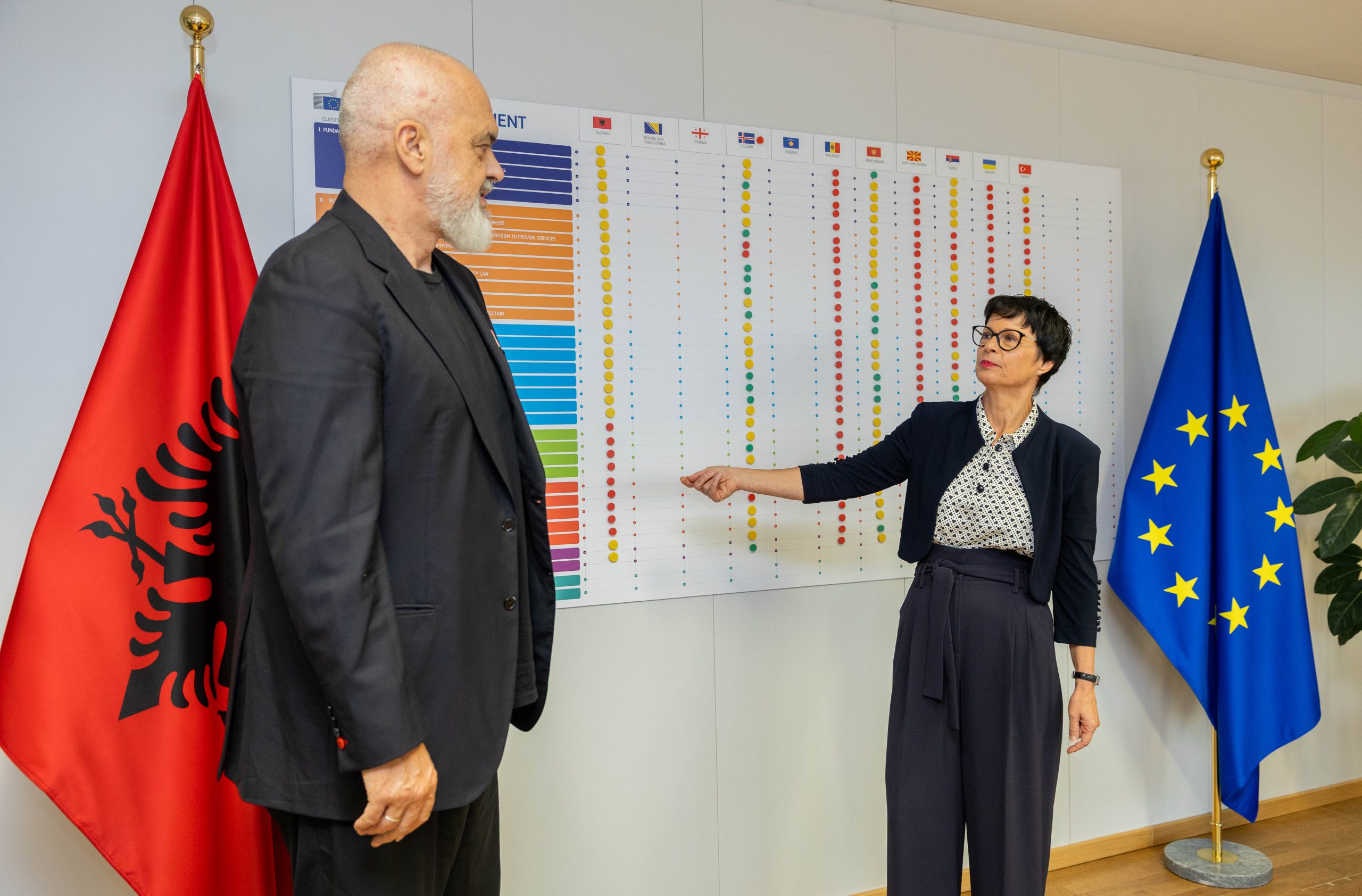*The interview has previously been published in Montenegrin daily newspaper Pobjeda.
The recently held summit of the leaders of the U.S. – Adriatic Charter member countries, which was also attended by the Vice President of the United States Mike Pence, has in the best way demonstrated the position that Montenegro holds and the role it plays within the region and broader.
This is a proof that we, in Montenegro, have a very responsible approach when it comes to cooperation with the neighbouring countries and preparations for the future status as a member of the European Union, bearing in mind, of course, the fact that the negotiating process remains the most important field when our work and efforts are concerned, within which we have a very precise calendar of activities and progress towards membership, Minister of European Affairs Aleksandar Andrija Pejović said in an interview the daily newspapers Pobjeda.
Despite important internal matters that it has to deal with, the European Union is closely monitoring the implementation of reforms and developments in Montenegro and the region, he added.
Pobjeda: The summit of the Western Balkan leaders was held in July in Trieste. What were the conclusions reached at the summit and, also, can you tell us whether the region is still in the EU’s focus?
Aleksandar Andrija Pejović: The main topics discussed during the summit in Trieste included those fields that are important for successful implementation of the process of European integration of the countries of the region, such as the strengthening of cooperation in the field of small and medium-sized enterprises, connections in the field of science and IT sector, youth cooperation, issues concerning the rule of law and the fight against corruption, fight against terrorism, extremism and radicalism, as well as the migration-related challenges and how to face them.
The summit that took place in Trieste confirmed the success of the Berlin process, as well as the success of the idea to contribute to stability, economic progress, joint work towards achieving the quality of life at the European level and faster and better integration into the EU by means of connecting and strengthening of regional cooperation, implementation of joint infrastructure and other priority development projects.
The participation of the Prime Minister Duško Marković in the informal meeting of prime ministers of the countries of the region in Durrës two days ago has also demonstrated Montenegro’s commitment to regional cooperation.
Certainly, the recently held special summit of the leaders of the U.S. – Adriatic Charter member countries, which was also attended by the Vice President of the United States Mike Pence, has in the best way demonstrated the position that Montenegro holds and the role it plays within the region and broader.
This is a proof that we, in Montenegro, have a very responsible approach when it comes to cooperation with the neighbouring countries and preparations for the future status as a member of the European Union, bearing in mind, of course, the fact that the negotiating process remains the most important field when our work and efforts are concerned, within which we have a very precise calendar of activities and progress towards membership
Pobjeda: It’s been five months since the signing of the Rome Declaration and the official endorsement of the idea of multi-speed Europe. What does this concept mean exactly and where is Montenegro in all that?
AAP: The concept of multi-speed Europe is actually a response to the situation that the EU found itself in due to the accumulation of continuous crises caused by increasing differences and imbalances at internal level and external crises that have raised many questions. The fact is that Europe of the 21st century is not the same as it was twenty years ago or more. The Member States, 28 of them currently, are at different levels when it comes to political, economic and the overall social development, and therefore are having uneven capacities when dealing with important questions is concerned, as well as when it comes to faster and deeper integration in certain areas of joint functioning.
The aforementioned is reflected in the fact that some EU member states have not yet fulfilled the Maastricht criteria and joined the Eurozone, while some of them do not fulfil the Schengen criteria or do not want to become members of the Schengen zone.
Although it is not entirely clear how this concept will be developed in practice, it is certain that the idea of multi-speed Europe is aimed at strengthening integration in specific, key fields such as economic growth and employment, strengthening of the Eurozone, establishment of the EU defensive dimension, suppression of illegal migration, visa and asylum policy, etc.
Of course, it is important to make sure that this will not exacerbate divisions between the member states; instead, this process should improve solidarity and unity, which is a rather demanding task. Adoption of the Rome Declaration confirmed the European perspective of the states that share European values and want to become EU members.
In addition to important internal matters that they have to deal with, implementation of the reforms and developments in the region are also closely monitored in the European structures. By implementing reforms and making progress in the negotiating process, Montenegro has demonstrated its commitment to becoming a part of the united Europe.
That resoluteness will not abate in the forthcoming stages of our European path. On the contrary, every result achieved in that field and one step closer to membership is a strong motif for further work in the field of European integration.
Pobjeda: In your opinion, in which direction will go the process of UK’s withdrawal from the EU?
AAP: The fact is that the negotiations on Britain`s withdrawal from the EU will mark the mandate of the current Commission and Parliament, particularly when it comes to seeking of the model for regulating primarily trade and legal, as well as a set of other relations. First and foremost, the EU and Great Britain are the structures with democratic capacities, whose institutions are ready to cope even with such great-scale challenges, and are thus trying to minimise the consequences that their citizens are facing on everyday basis.
On 29 March 2017, Great Britain formally submitted the notification to the European Council seeking withdrawal from the EU, thus activating Article 50 of the Treaty on the Functioning of the EU, which implies that the negotiations will last for two years, i.e. until 29 March 2019, when the agreement on withdrawal from the EU enters into force and when the EU founding treaties will cease to be valid.
The first step in this new situation is to formalise the “departure” principle and define the nature of future relations, as well as to discuss and approve the Agreement on UK`s Withdrawal from the EU before the European Parliament.
The recently conducted rounds of negotiations when the key topics such as safeguarding of rights of the EU and UK citizens, financial settlement between the EU and GB and the issue of border with Northern Ireland were discussed, showed that these are the first key issues whose resolving will enable a new stage following decision making on the new steps at the summit of heads of states or EU governments to be held in October.
The EU negotiator Michel Barnier clearly stated that this is the red line Brussels will not cross. At the same time, the British Parliament does not have the solid majority for the so-called “hard Brexit”. Conservatives advocate for the scenario which implies complete abandonment of a single EU market, customs union of the EU, abolishment of a free movement of workers with the EU and abolishment of the monitoring mechanism of the European Court of Justice. We can see that the labour party positioned itself as a party of the so-called “soft Brexit”, i.e. they seek the transition period and a single market even after March 2019, with acceptance of jurisdiction of the European Court of Justice and the right of the EC to conclude trade agreements on behalf of the UK.
How important is to define a future nature of trade relations between the EU and Great Britain is best represented by the fact that around 44% of the British export goes to the EU countries, around 16% to the countries with whom the EU has already signed free trade agreements, and around 20% to the USA. Furthermore, currently around 80% of the EU exchange in a foreign currency is done through London, as well as 30% of the overall bank crediting at the EU level.
We are continuing the modernisation of border infrastructure.
POBJEDA: We see that after the agreement between Turkey and the EU the Balkan route has been cut. Is this route definitely closed, and do we have new challenges and new lines of movement of people from Africa and Asia toward the EU? Where is Montenegro’s position in this?
AAP: Agreement between Ankara and Brussels from the last year contributed to the significant reduction of the inflow of migrants from Turkey who were coming through the eastern route across Greece and Bulgaria, and went further across the Western Balkan route to the EU countries. Besides, this year controls at the external EU borders have been reinforced with the aim of closing the Mediterranean route which took a great number of human lives during illegal border crossings, particularly from Libya to Italy.
It is also evident lately that the migratory route has changed and that the increasing number of migrants are coming through a longer but safer route, trough Morocco to Spain. The data of the International Organisation for Migration show the increase of the inflow of migrants in 2017 into this country, three times bigger than in 2016.
Montenegro, as a part of the transitory route, conducts an active policy in this field, particularly good and precise planning of activities and measures under the negotiating chapter 24. We are following developments related to migrations and in that context we have carried out numerous activities in the country in the previous period, and we are also continuing intensive cooperation with the regional and international partners.
Apart from opening the centres for accommodation of irregular migrants and asylum seekers, which we established in cooperation and significant financial support of the EU, we also prepared a plan of activities in case of the inflow of a greater number of migrants and refugees to the Montenegro’s borders, as well as the Strategy for integrated management of migrations in Montenegro for the period 2017-2020, with the aim of further improvement of legal and institutional framework and strengthening of administrative capacities.
In the following period, we will continue the modernisation of border infrastructure, strengthening of capacities for managing migratory flows and intensifying cooperation with neighbours regarding the issue of border management, especially because of the fact that the inflow of migrants from Asia and Africa to the Union will not stop and that we must be ready for every future change and increase of the number of refugees and labour migrants.

